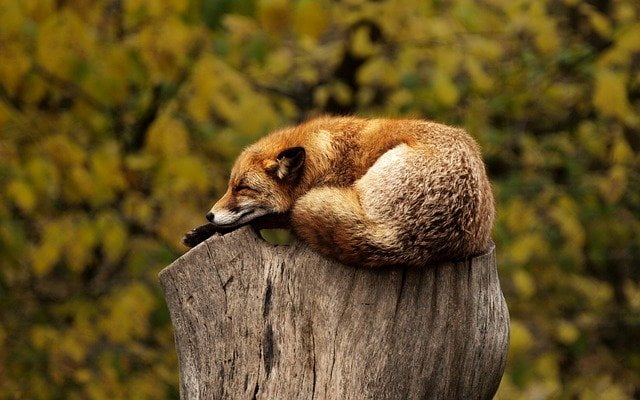In this article, you’ll find out what animals snooze out the most in the wild. You’ll also find out how long each of these animals sleep for and why they are particularly fond of this habit.
What animals sleep the most?
The animals that sleep the most include marsupials like: koalas and armadillos, carnivores like: tigers and cheetahs and other small structured mammals such as mice and bats.
The dozers of the animal kingdom
Sleep is the pivotal part of the human circadian rhythm and we spend close to a third of our 24-hours period doing so. But humans aren’t exactly the only ones that require a good night rest, wild animals like monkeys and kangaroos also need to sleep and depending on a few crucial factors such as size, species, trophic level and age, the amount and type of sleep that each animals gets varies greatly across individuals.
On the upper end of the spectrum defining this biologically inexplicable phenomenon are the heavy snoozers, those that spend chunk amount of time cornered in wild spaces, snoozing and snoring the life and soul out of their bodies.
Today, we list out some of these animals for you and tell you how much they sleep and why they choose to adopt this habit.
Top 13 sleepers of the animal kingdom
1) Koalas

Koalas are fuzzy looking marsupials native to the continent of Australia. They are arboreal and nocturnal, meaning that they live in trees and are mostly active at night. Koalas prefer to colonize the eucalyptus tree in the wild, eating form it’s leaves and deriving most of their water from there.
Koalas use about 18 to 22 hours of their time in the wild to sleep, often doing so nestled comfortably and safely in the bifurcation of trees.
Koalas need to sleep this long because their leafy diet of eucalyptus supplies them with very little energy for daily work. They must remain sedentary to be able to conserve energy. Their sleepy nature in addition to being a crucial energy saving adaptation also helps confer them camouflage against their natural predators.
2) Tigers
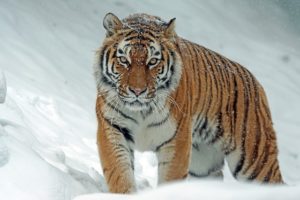
Tigers are members of the big cat family, scientifically identified as Panthera tigris. They are easily recognized by having an orange-brown coat having some dark vertical and horizontal stripes running all over.
Tigers feed on almost anything within their habitats that looks small and tastes like blood. When tigers aren’t feeding, they’re often found on rock tops, under tree shades or near shallow waters sleeping their lives out on their stomach or against its side.
Tigers usually sleep around 85 percent of their time in the wild, an estimation that equates roughly to about 18 to 20 hours per day.
They do so to conserve as much energy as they can since wandering around unnecessarily, carrying their 500 pounds body around or chasing from one prey to the other, would cause them to expend energy unnecessarily.
Tigers usually perch and blend into their environments to stalk on their preys (still conserving energy). Then, they try as much as possible to make sure they are highly effective and efficient when pouncing on their prey to maintain a positive energy balance; if you don’t know what that mean, its a dead prey!
3) Lions
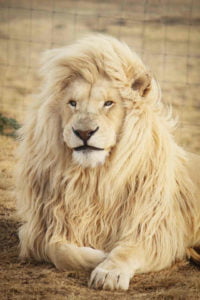
Similar to tigers, lions sleep for most part of the time they’re not hunting preys. Lions are neither nocturnal nor diurnal so their sleeping times are usually characterized by brief bursts.
When there are opportunities to feed, lions will abandon their sleep to hunt for food, when there are no opportunities (often the case in the wild) or even after their feeding, they can sleep for medium bursts of time which may aggregate to between 18 to 20 hours per day.
Lions observe their sleep under shades in the open because the king of the jungle has absolutely nothing to fear even while asleep in a deep state.
4) Armadillo
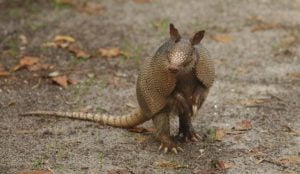
Armadillos are marsupials related to anteaters and sloths. They are known to sleep for upto 16 to 18 hours of their time in the wild.
They dig burrows using the sturdy claws on their strong legs and move into these structures to sleep after foraging in the morning. Armadillos sleep this much in order to dodge inhospitable climates (very cold or hot weathers) and also hungry and irate predators.
Armadillos may occasionally come out in the evening to forage.
5) Night owl monkey
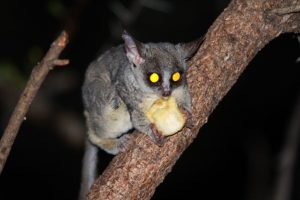
Night owl monkeys are nocturnal monkeys, in fact, they are the only true nocturnal group of monkey in existence today.
Nocturnal means that they are primarily active at night. During their inactive periods, i.e during the daytime, night owl monkey retire to their nests to sleep, snoozing for up to 17 hours straight. Night owl monkey avoid forage competition, diurnal predators, and environmental stressors such as heat, rain and sunlight by being nocturnal.
6) Cats

Cats are also one of the top sleepers of the animals kingdom. They typically sleep between 12 to 20 hours per day. An average of 15 hours in a single day.
Domestic cats basically have the same genetical programming as their wild counterparts and as a result sleep for almost the same period of time. When cats sleep, it’s nothing like what we observe in humans, they’re almost always on the alert and will wake instantly when they hear strange sounds.
7) Opossum
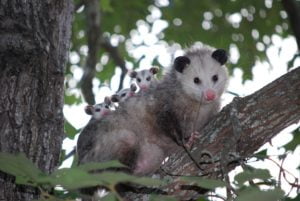
Opposuns are another set of sleeping marsupials. It seems like marsupials are really topping this list aren’t they? Well, what do you expect when you share the same group with a sloth? Anyways, opossums have been observed to sleep for durations up to 14 to 16 hours during their inactive periods. They are mostly nocturnal so they spend their days sleeping in burrows covered with dry leaves and sometimes shredded papers.
8) Wombat
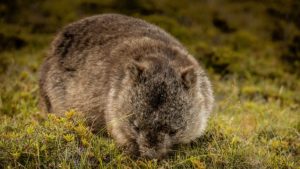
Oh, yet again, another marsupial! Now the list is getting really boring. Lets manage to finish it up anyways. Wombats are small marsupials that can run just as fast as an Olympic sprinter, at short burst of 40 kph.
Just like how fast they can run, the rat-like wombat is also capable of ‘sprinting’ in their sleep and clock durations upto 12 to 16 hours. They often observe their daytime sleep in burrows consisting of as many as 10 individuals.
9) Tree kangaroos

Tree kangaroos are species of marsupials (different from regular kangaroos) that live in the trees. They are very agile, moving very fast from tree to tree, and can even jump 9 meters down to an adjoining tree.
They are native to New Guniea and are one of the moderately heavy sleepers of the marsupial world. They sleep around 60 percent of their time in the wild (14 hours per day), often curled up in their favorite trees.
10) Dogs

Man’s best friend enjoys the comfort of snooze way better than man himself. Dogs are of the canis family, terrestrially carnivorous, and love to sleep, around 12 to 14 hours of their daily time. Dogs are flexible sleepers though, and will occasionally wake when there’s action right around the corner.
11) Platypus

Platypus are one of the two members of the primitive monotreme sub-class of mammals. These mammals literally lay eggs to birth their cute little ones, weird but extremely fascinating!
Platypus can sleep for up to 14 hours straight in their inconspicuous burrows usually located near river banks. Platypus sleep this much as an effect of their high calorie diet of crustaceans. No need to go looking for food when you’re full from a single plate of crus crus..
12) Bats
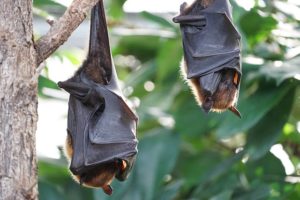
Surpries, surprise, our little Korean knights are one heavy sleepers too. They too can dose for up to 20 hours per day and are mostly active mid-night. Bats sleep upside down in their groups consisting of thousands to millions of individuals, usually in dark, cool caves or spaces.
13) Mice
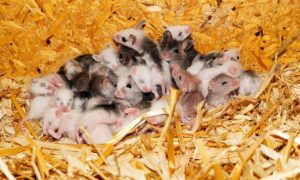
How adorable our timid friends look when they nap right? Wait until they sleep out 14 hours of their daytime and come back in the middle of the night to hunt your property.
Little sleepers that don’t count.
a) Puppies

Baby dogs love to explore the world, and they end up expending a lot of energy while doing so, we love them for that cuteness by the way. Tied with the fact that they’re juveniles, baby dogs can sleep for between 18 to 20 hours per day.
b) Human babies

Our cuties also spend a chunk of their day and night times asleep after successfully preventing their parents from do so. They can sleep between 16 to 17 hours per day.
What factors affect sleep in wild animals?
If you’re wondering why some wild animals can take a huge chunk of their time to sleep while other’s can barely surpass two hours, then you’re not alone. We also wondered too, but we now know the answer. And here it is.
It’s because of a few set of rules set out by nature. Here they are:
- Age: the younger an animal is, the more sleep it tends to require. This is pretty evident in many species for example puppies and human babies.
- Size: Smaller animals typically require much more sleep than bigger animals.
- Type of animal: Prey animals sleep less to keep a watchful eyes on their predators. Apexes on the other hand sleep at will, whenever they like and wherever they want since they have nothing to worry about. This is why felid species like lions can go a whooping 18 hours or more sleeping on hardy vegetations after a sucessfull kill.
- Carnivores or herbivore: The former sleep more than the latter.
More interesting articles:
Cite this Article ” (APA Format)
Bunu. M. (2020, May 23). What animals sleep the most?. Retrieved from http://emborawild.com/what-animals-sleep-the-most/

